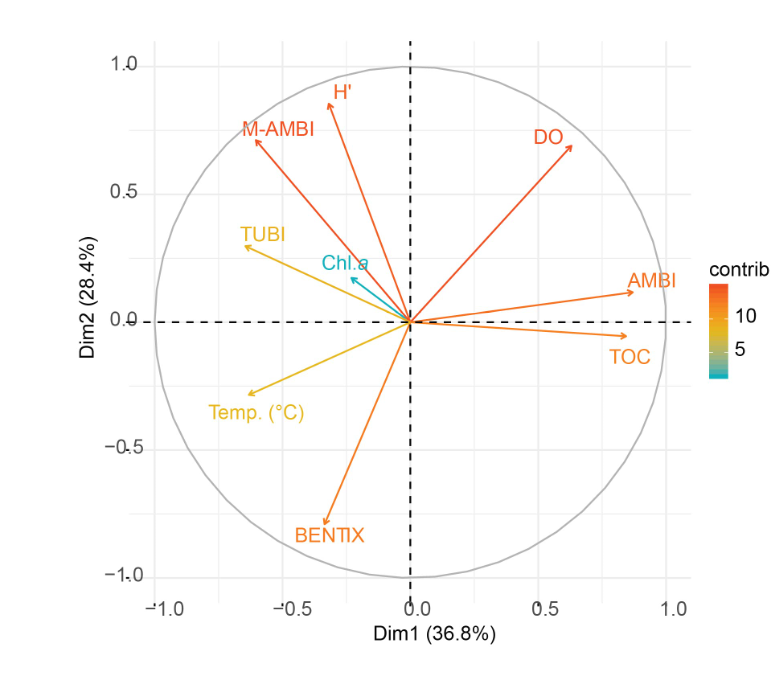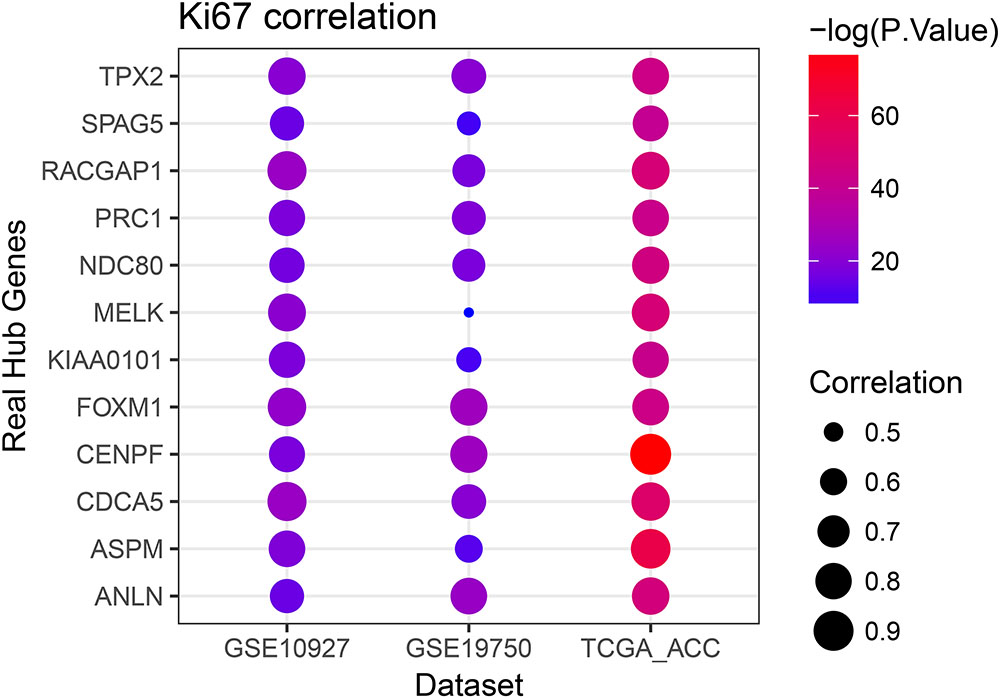

If you do not know how to input your data into R, again reference my page on opening. You can label your dataset anything that you want, but we are going to use the following label for the current page: MyData. This will activate the package that we just downloaded and installed. Once you have installed the ppcor package, you should enter the following into your syntax window: library(ppcor).
#RSTUDIO CORRELATION INSTALL#
To learn how to download and install packages in R, please refer to my page on installing packages in R. Therefore, we need to first download and install this package. To calculate a partial correlation in R, we are going to use the ppcor package. Once you have converted the file, you can continue with this guide. If you do not know how to do this, check out my page on opening. To analyze it in R, we first need to convert it to. So, if you are using a dataset with missing data, you may want to consider removing it first and/or using a different command.Īs you can see, the dataset is in the. The R command that we’ll be using (pcor.test) has some issues with missing data. NOTE: The dataset that we are using does not include missing data. If you don’t have a dataset, you can download the example dataset here. To answer these questions, we can use R to calculate a partial correlation. Of course, there is more nuance to partial correlations, but we will keep it simple.

As always, if you have any questions, please email me at partial correlation determines the linear relationship between two variables when accounting for one or more other variables.

For this reason, this page is a brief lesson on how to calculate partial correlations in R. Partial correlations are not pre-programmed into Excel’s Data Analysis add-on, but they are very easy to calculate in R. This is a particularly good situation to apply a partial correlation analyses. Sometimes you want to know the relationship of X and Y when accounting for Z.


 0 kommentar(er)
0 kommentar(er)
